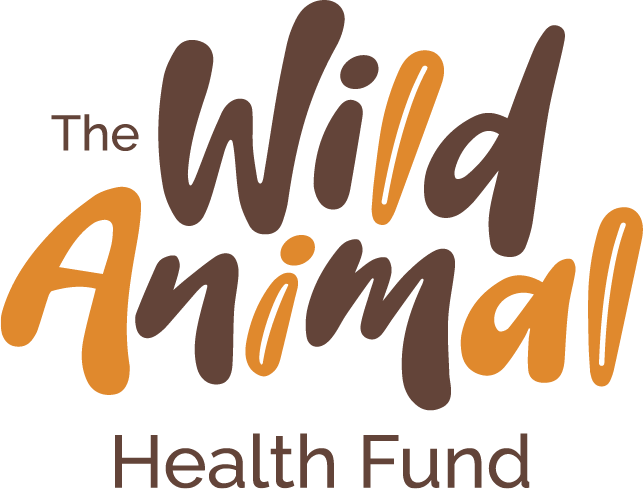Who decides which animals are endangered?
The International Union of Conservation for Nature uses data every year to determine the Red List of threatened species. This list is considered the most authoritative list of species.

Critically Endangered
*** Indicates species that have received research grants from the Wild Animal Health Fund
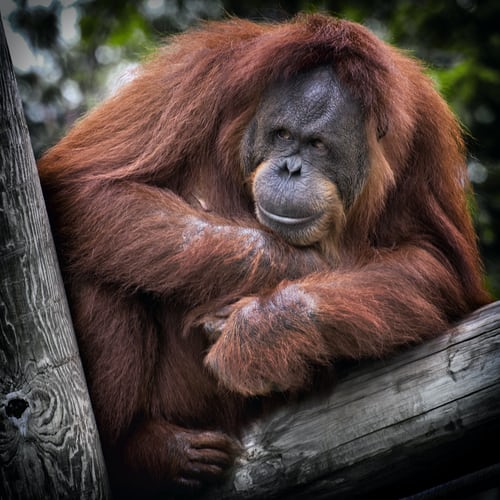
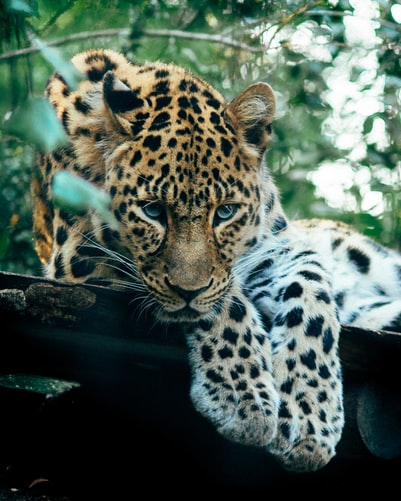
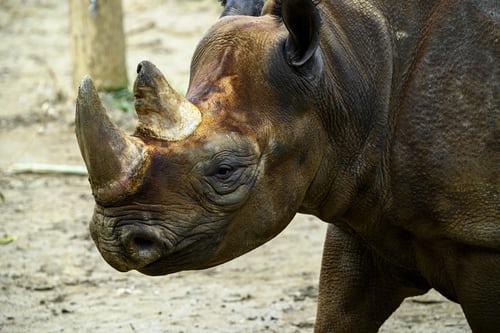
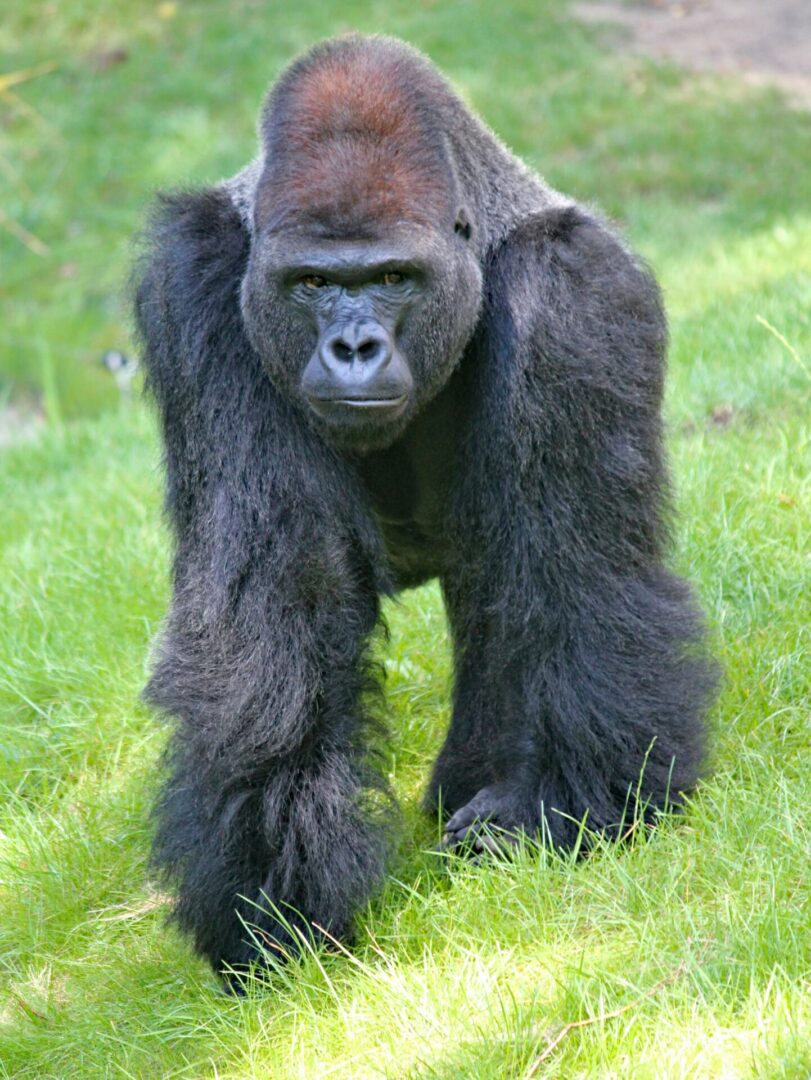
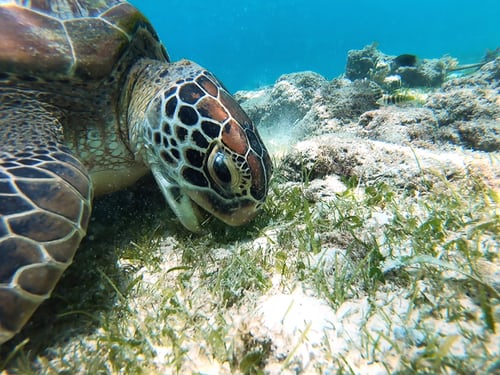

What does Critically Endangered mean?
Critically Endangered means that the species are at extremely high risk for extinction. There are several factors for the Critically Endangered status, they include:
- Population drops below 250 mature individuals
- Species' population has declined 80%-90%, measured over 10 years or 3 generations
- The probability of extinction is at least 50% in 10 years
Animals on the CE list include: Amur leopards, Black rhinos, Western lowland gorillas, orangutans, Hawksbill sea turtles, Vaquitas, and several more.
Endangered
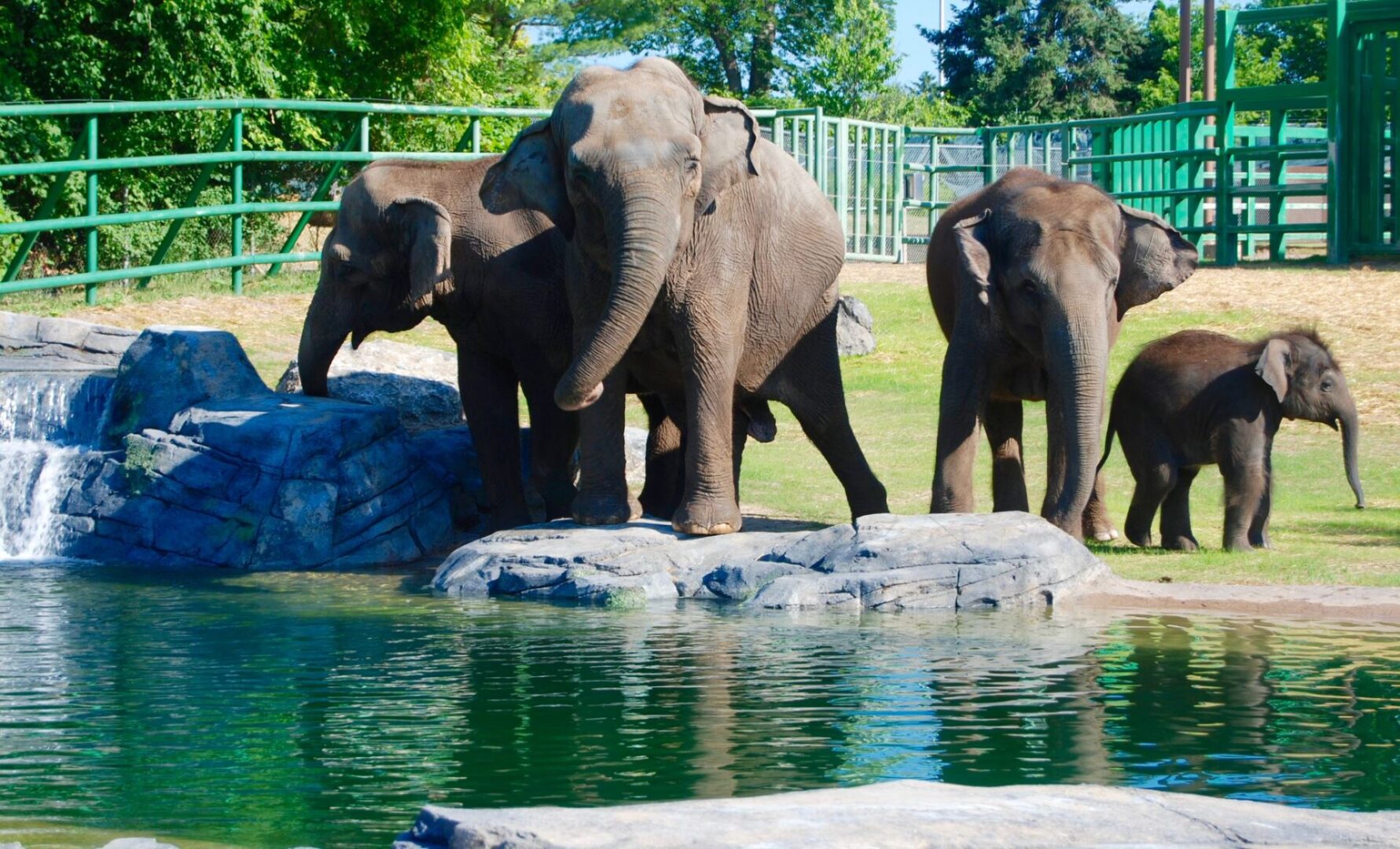
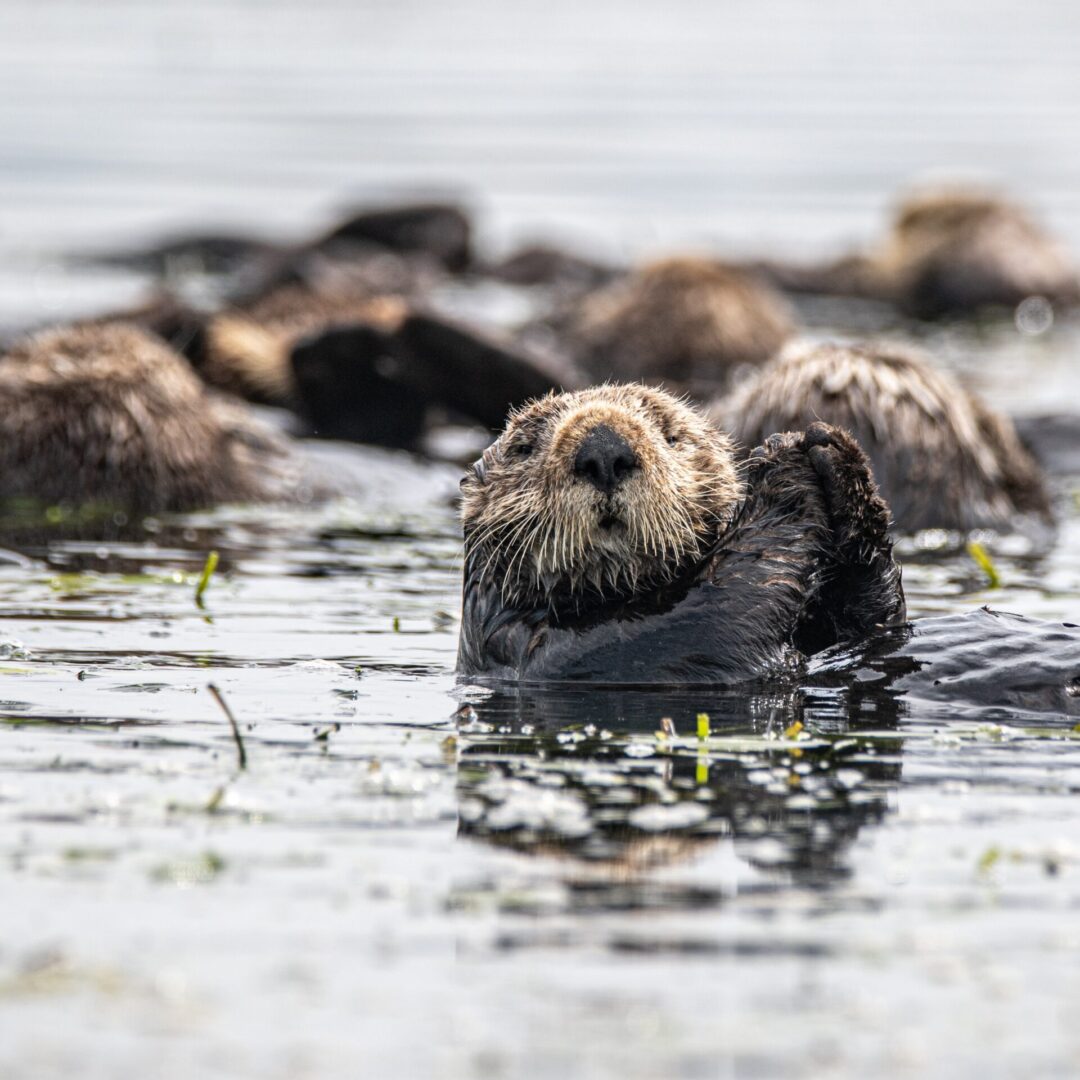
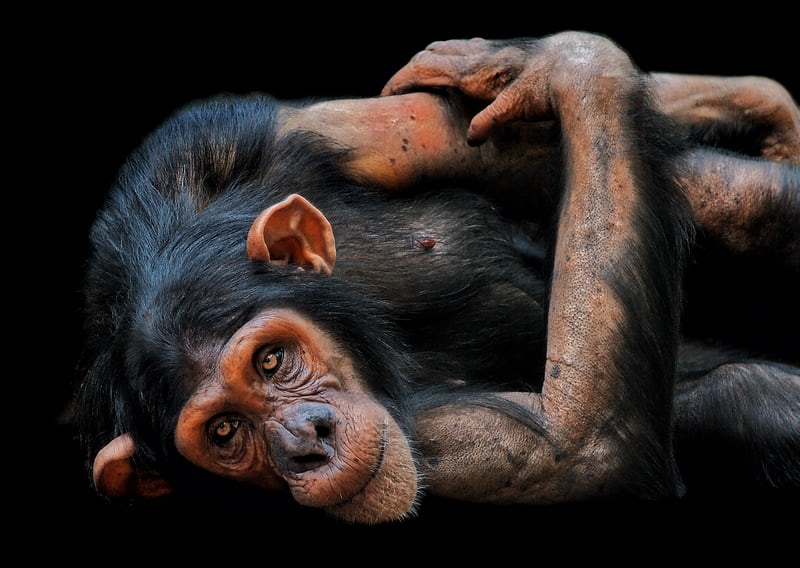
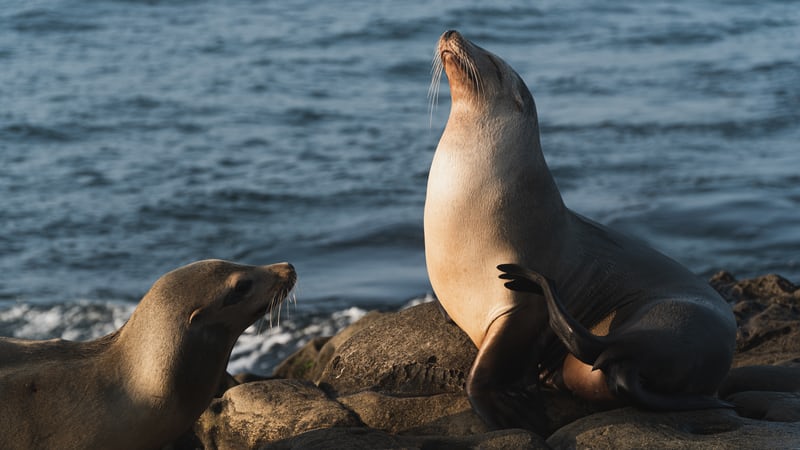
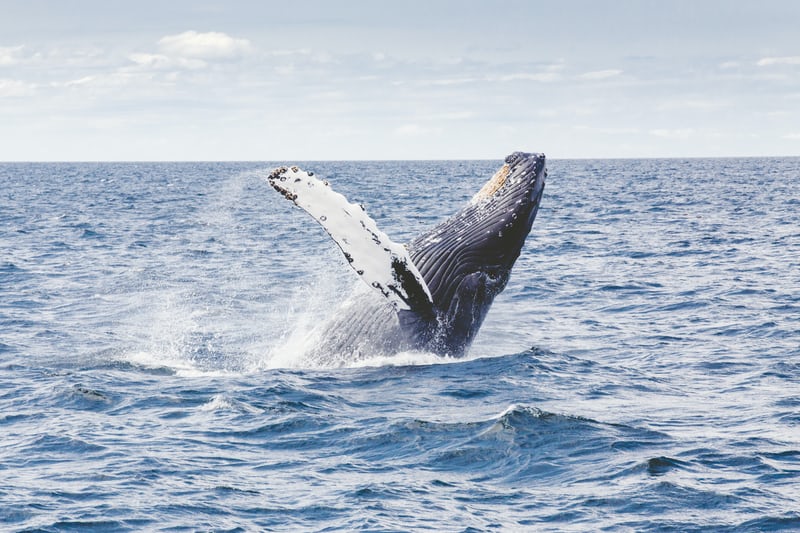
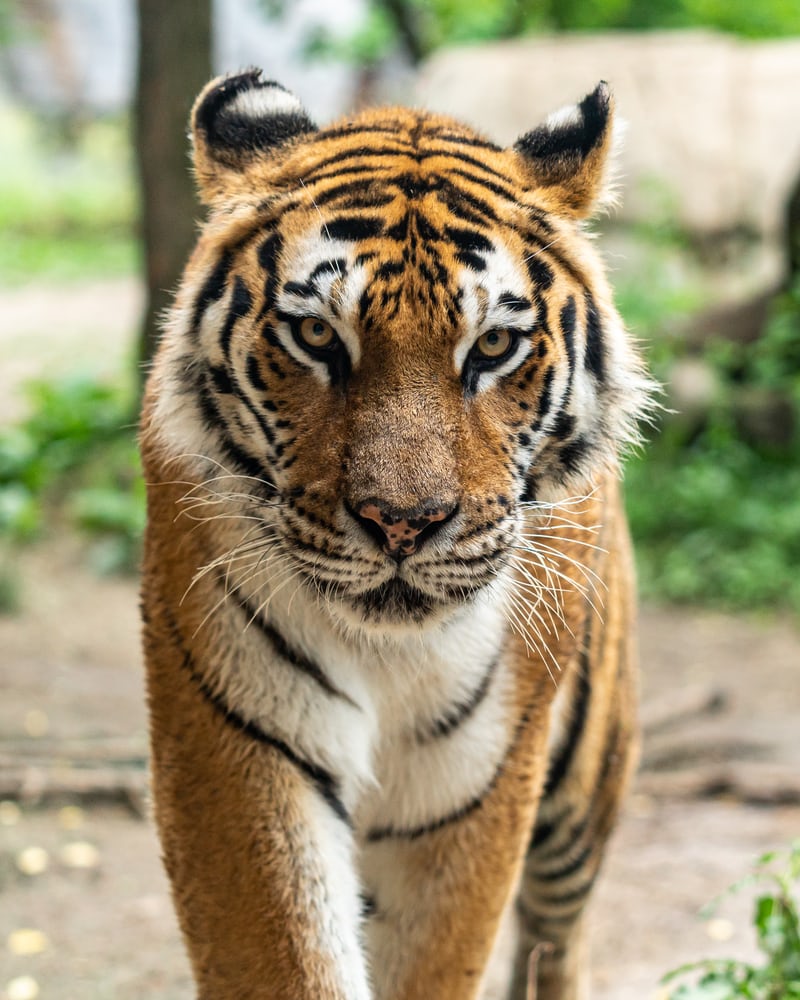
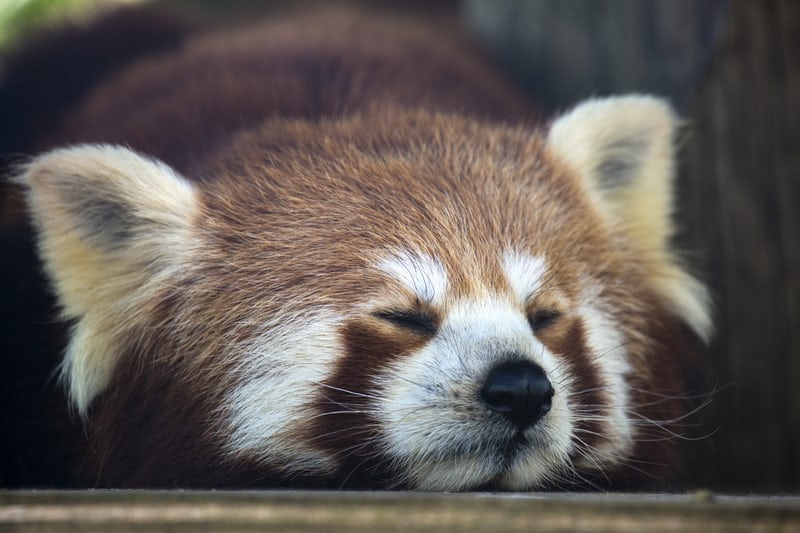
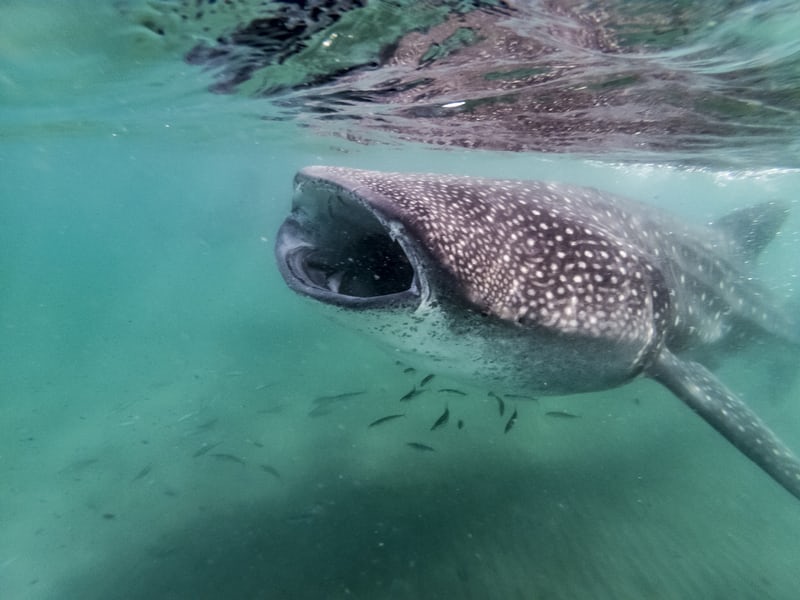
Endangered means the species is at very high risk for extinction, compared to CE which is extremely high risk.
The factors for Endangered are:
- 50%-70% population decline
- less than 2,500 mature individuals
- Extinction % is at least 20% in the next 20 years or 5 generations
Animals on the Endangered list include: Asian elephants, Blue whales, chimpanzees, and Red pandas, tigers, Whale sharks, Sea Otters and so many more.
Vulnerable
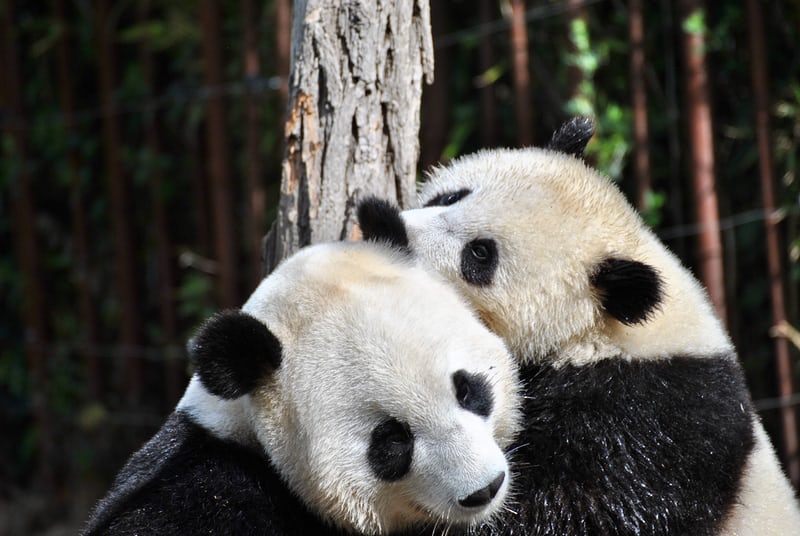
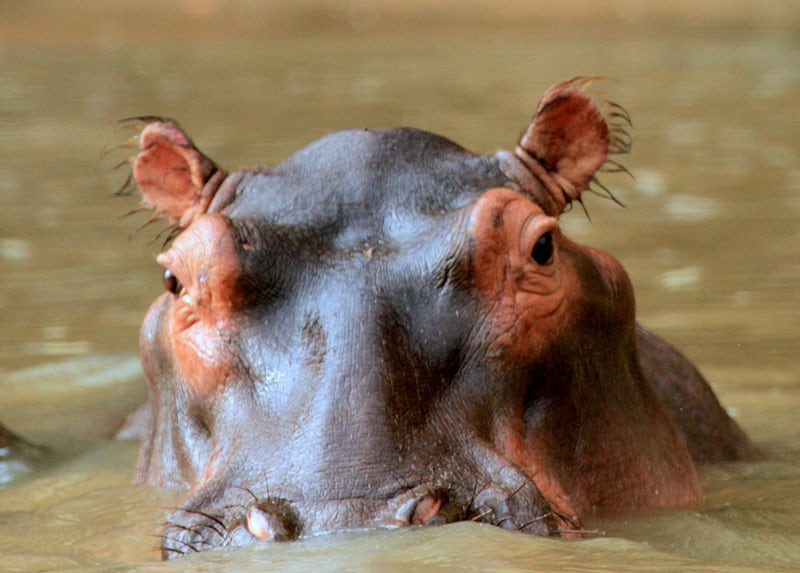
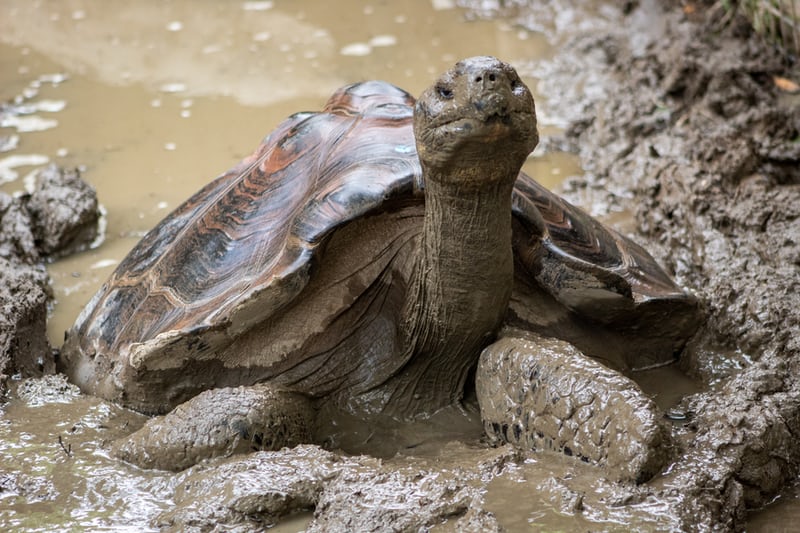
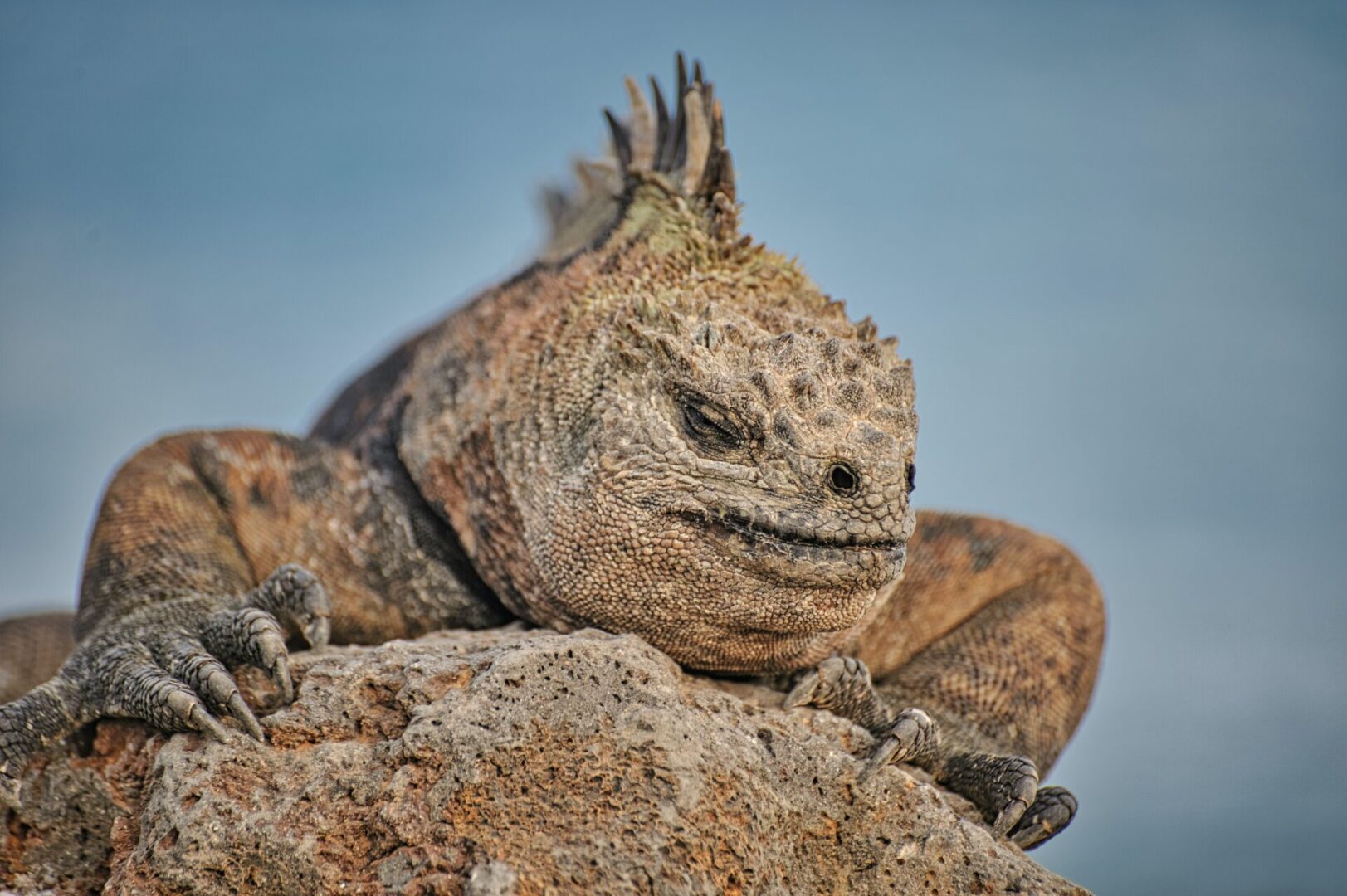
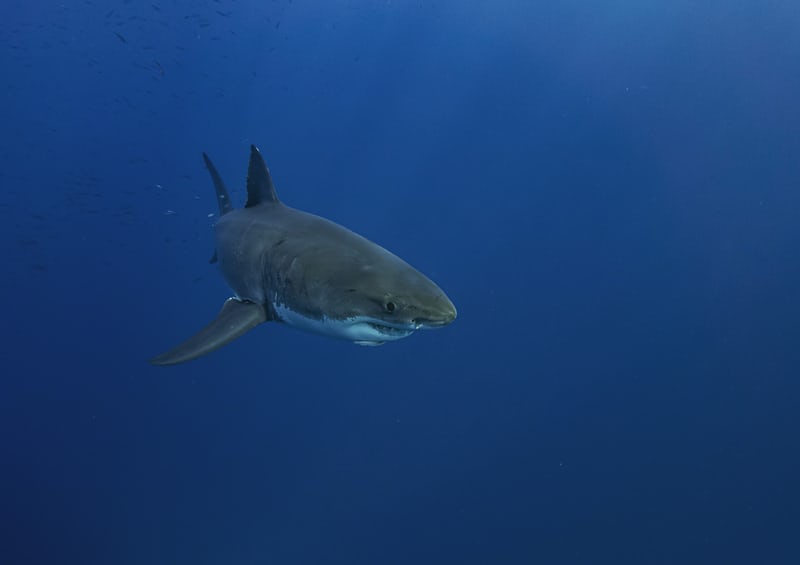
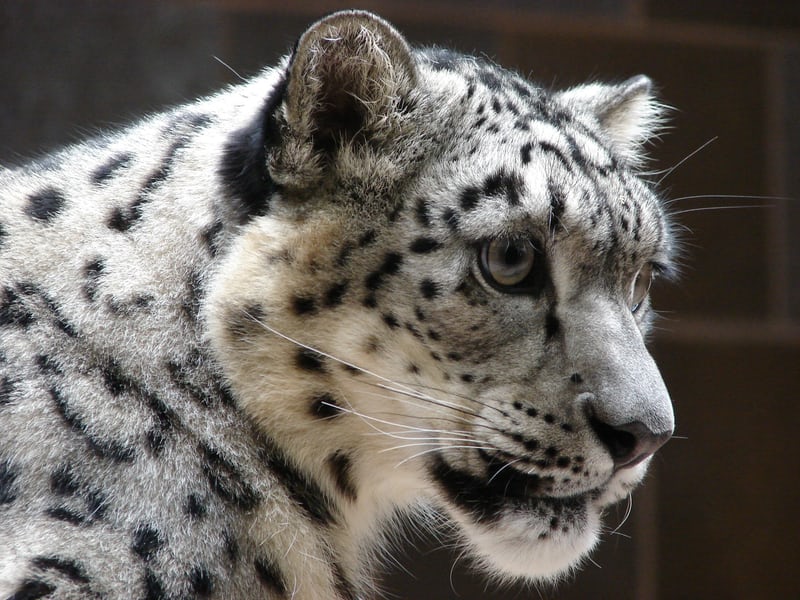

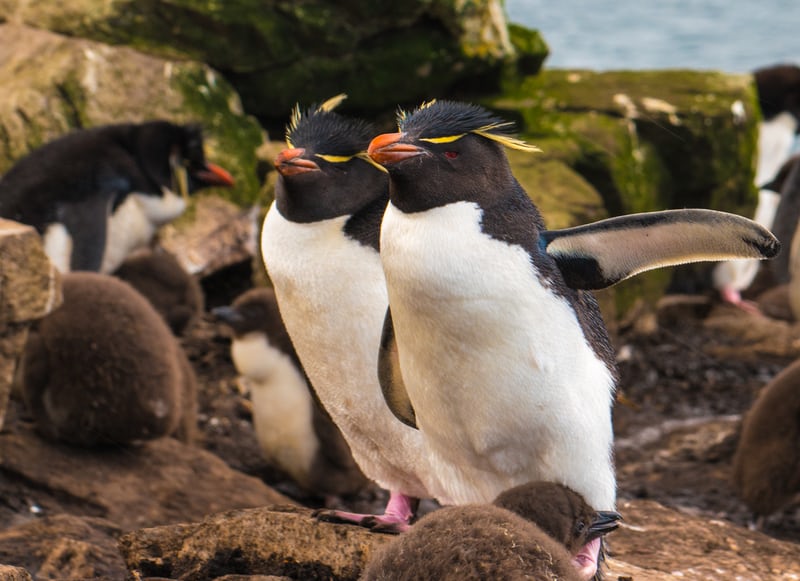
Vulnerable describes a species that is at high risk for extinction. Factors for a species to be Vulnerable include:
- Less than 10,000 mature individuals
- Probability of extinction is 10% within 100 years
- 10% decline in 10 years
Animals considered to be Vulnerable are: Snow leopards, Polar bears, Southern Rockhopper penguins, Giant pandas, Great White sharks, Marine iguanas, and several more.
How can you help these threatened species?
Animal health is the missing piece in the puzzle of conservation. With your help, the Wild Animal Health Fund can fund more medical studies for the zoo animals and wildlife you see pictured. These studies are critical for the survival of threatened species.
100% of every dollar you give to the Wild Animal Health Fund goes to fund research grants like these.
